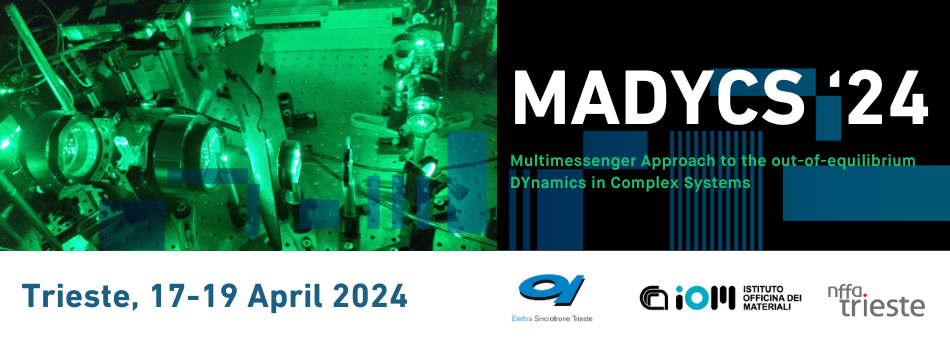Speaker
Description
Magnons, which are quanta of magnetic excitations, have been extensively studied due to their importance in both fundamental research and technological applications. Specifically, magnons with frequencies in the GHz range are of particular interest as they are utilized in modern communication systems. Here, we introduce a novel all-optical method for exciting magnons in the GHz range with precise control over their wavevector. This approach involves utilizing the Transient Grating (TG) technique on a CoGd thin film with perpendicular magnetic anisotropy (PMA). Via interference of two pump pulses, we create a spatially periodic intensity pattern known as a TG, where areas of maximum (or minimum) intensity correspond to constructive (or destructive) interference. When an external magnetic field of appropriate intensity and orientation is applied, spin precession can be induced at the TG maxima [1]. However, due to the periodic nature of the excitation, this results in a standing spin wave with the same wavevector as the TG. As the spin wave modulates the optical properties of the material, a probe beam is diffracted; separation of magnetic and non-magnetic contributions to the diffracted intensity is obtained through polarization analysis.
Here, we present experimental results conducted at the NFFA-SPRINT lab on a CoGd thin film with PMA, demonstrating the effectiveness of the methodology and supporting the proposed excitation mechanism. Additionally, we showcase the potential extension of this technique into the extreme ultraviolet (EUV) regime, where larger TG wavevectors can be achieved. Measurements performed at the TIMER-FERMI beamline on FeGd multilayers, also featuring PMA, highlight the capability of this novel approach to measure magnon dispersion, showcasing a potential application in magnon spectroscopy.

